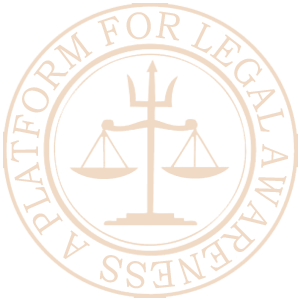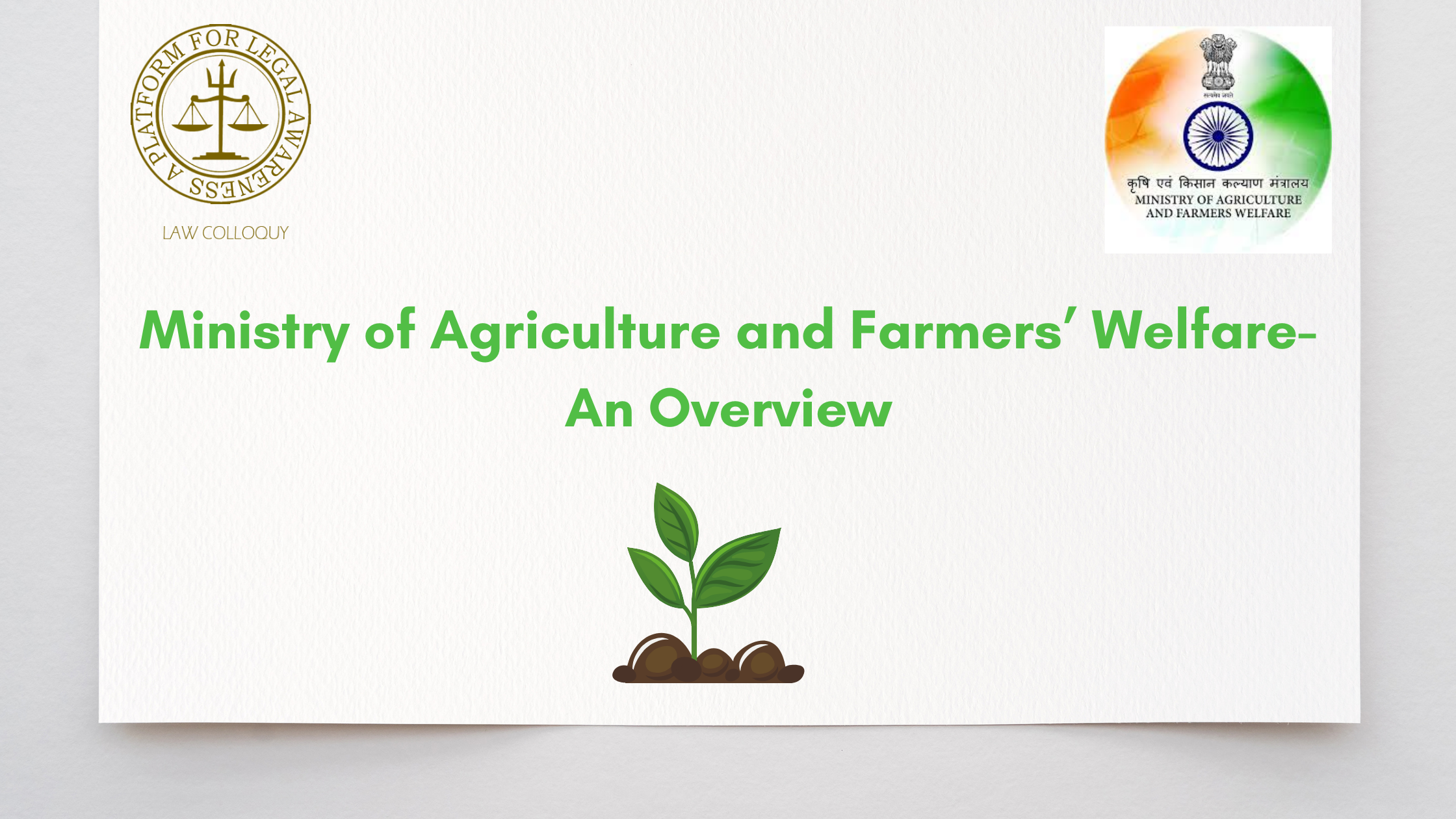Overview of the Ministries
The government of India is organised into various ministries and departments to manage and administer different governance aspects efficiently. Understanding the difference between a Ministry and a Department is crucial to grasp how the government functions.
On 9 June 2024, the President of India, Smt Draupadi Murmu, directed the allocation of portfolios among the Union Council of Ministers members due to the 2024 general elections. There are 72 ministers, including the Prime Minister. There are 30 cabinet ministers, 5 ministers with independent charge, and 36 ministers of state.
Ministry of Agriculture and Farmers’ Welfare
The Ministry of Agriculture and Farmers’ Welfare is the main regulating body of India and is accountable for establishing and administering the rules, regulations, and laws of agriculture. This department aims to surpass agriculture, the welfare of the farmer, and satisfy the country’s food needs. It happens with the involvement of three major units serving different functions and holding specific obligations.
1. Department of Agriculture and Cooperation (AGRICOOP)
i. Role: This department addresses issues of agricultural production and policy-making and coordinates with state governments.
ii. Responsibilities: Developing policies for agricultural production and productivity. Implementing agricultural schemes and programs to support farmers. Coordinating with state governments for the effective execution of agricultural policies. Managing disaster management in agriculture, such as drought and pest control. Promoting agricultural exports and ensuring food security.
iii. Developing policies for agricultural production and productivity.
iv. Implementing agricultural schemes and programs to support farmers.
v. Coordinating with state governments for the effective execution of agricultural policies.
vi. Managing disaster management in agriculture, such as drought and pest control.
vii. Promoting agricultural exports and ensuring food security.
2. Department of Agricultural Research and Education (DARE)
i. Role: DARE is the Indian government's agricultural research and education division.
ii. Responsibilities: Formulating policies for research and education in agriculture; overseeing the implementation of research programs; promoting agricultural innovation and the development of new technologies; enhancing the quality of agricultural education and training; and coordinating with national and international research organisations.
iii. To make a policy for researching and educating the students in agriculture.
iv. The research programs should be surveyed, and the implementation has to be watched.
v. The next aspect of the quality of the work in the field is the agricultural sector's input into innovative technology and the development of new technologies.
vi. There is a great need for improvement in agriculture education and on-the-job training due to agrarian education weakness.
vii. A strategic management plan would greatly influence decision-making and cooperation among research centres and their international counterparts, as it should involve not only the authorities of the national research centre but also the international counterparts.
3. Indian Council of Agricultural Research (ICAR)
i. Role: ICAR is a semi-autonomous body of DARE, and it is the principal coordinating body for agricultural research and education.
ii. Responsibilities: Conducting and promoting research in various fields of agriculture; developing new agricultural technologies and practices; disseminating research findings to farmers and other stakeholders; providing educational support through a network of agricultural universities and institutions; and collaborating with international research bodies to enhance the quality and scope of agricultural research.
iii. The executives say increasing water and wind energy production and reducing some other production by 20-30% would be near booming research fields.
iv. Inventing new agricultural technologies and traditional practices.
v. Inquiry into the research results with the help of farmers and other shareholders.
vi. Creating a system of agricultural universities and institutions to support education.
vii. Working together with worldwide research establishments to increase the quantity and quality of agricultural research.
Key Functions of the Ministry of Agriculture and Farmers’ Welfare
i. Policy Formulation: Develop and implement policies to boost agricultural productivity and farmers' welfare.
iii. Support to Farmers: Provide economic aid, price variations, and supportive programs for farmers.
iv. Research and Development: Join research institutions and promote agricultural innovation through ICAR.
v. Education and Training: Enhance and increase training facilities in agriculture.
vi. Disaster Management: Implement measures to manage and reduce droughts, floods, and pest outbreaks.
vii. Food Security: Promote sustainable agricultural techniques to address food security.
Disclaimer: Kindly note that the views and opinions expressed are of the author(s), not Law Colloquy.

